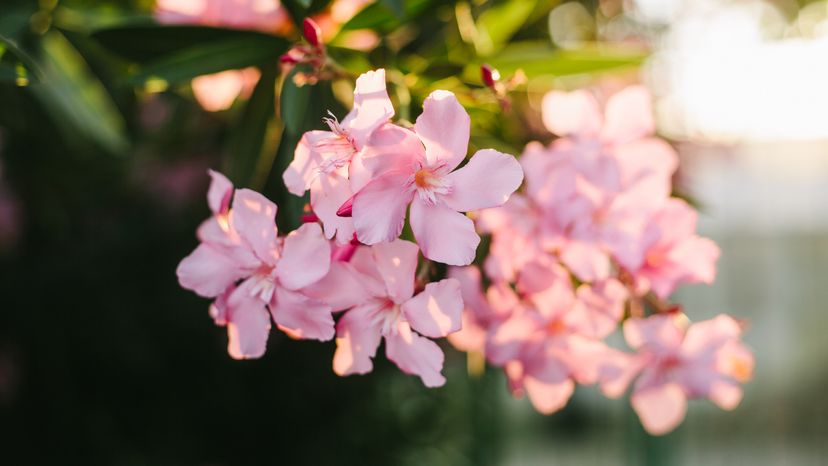Described as a beautiful plant with pretty flowers that range from white to deep pink, oleander is native to parts of Asia but is now commonly grown as an ornamental hedge in many parts of the world including North America; an odd trend considering that everything on the oleander plant contains lethal cardiac glycosides that can cause violent illness just from coming into contact with it.
The Italian name for oleander translates as ‘ass killer’, which you think would be enough to dissuade anyone from eating them, but if you do happen to be unfortunate enough to ingest the poisonous seeds from the plant, expect to start feeling those ‘ass killing’ effects almost immediately. Symptoms usually involve a combination of cardiac and gastrointestinal problems including bloody diarrhea, vomiting, salivating profusely, and irregular heart beat. If treatment isn’t administered swiftly, the effects on the central nervous system are made evident by symptoms such as drowsiness, muscle tremors, seizures, collapse, comas, and eventually death. Indeed, the oleander toxins are so strong that there have been reports of people getting sick after eating honey made by bees that visited the flowers. Fortunately, deaths resulting from oleander poisoning are rare, as the plant has a very bitter taste that most people would find highly unpalatable.
